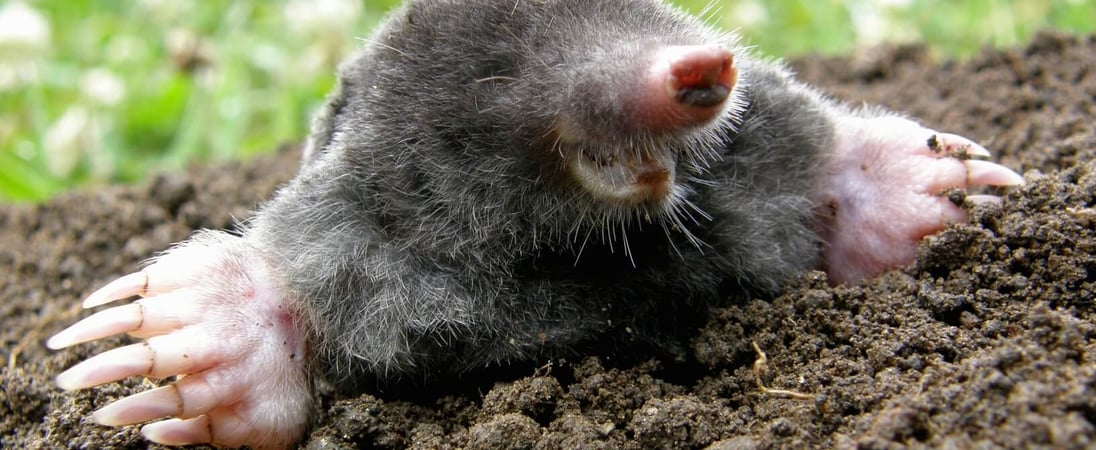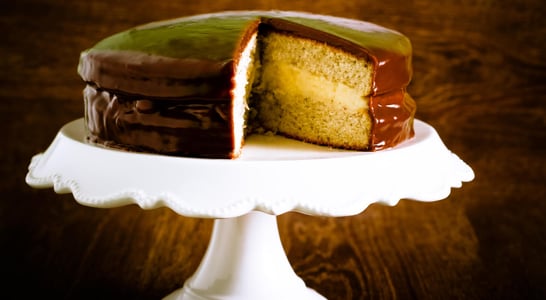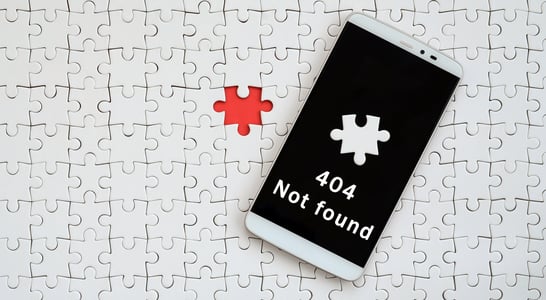
National Mole Day
In the world of atoms, there's a magical number that gives substance to chemistry's dance – a secret ingredient to understanding matter's recipe.
National Mole Day is celebrated annually on October 23 from 6:02 a.m. to 6:02 p.m. It celebrates Avogadro’s Number (6.02 × 10²³), which is a basic measuring unit in chemistry.
National Mole Day was created as a way to foster interest in chemistry, and schools throughout the United States and around the world celebrate with various activities related to chemistry and/or moles.
For a given molecule, one mole is a mass (in grams) whose number is equal to the atomic mass of the molecule. For example, the water molecule has an atomic mass of 18, therefore one mole of water weighs 18 grams.
An atom of neon has an atomic mass of 20, therefore one mole of neon weighs 20 grams. In general, one mole of any substance contains Avogadro’s Number of molecules or atoms of that substance. This relationship was first discovered by Amadeo Avogadro (1776-1858) and he received credit for this after his death.
How to Celebrate National Mole Day
You can start your celebration by reading up on the hypothetical question of “What if one had a mole of moles?” We’ll warn you ahead of time that this description gets a bit complex and almost certainly gruesome. Consider it your scientifically accurate horror story for Halloween.
You can also create Mole themed art, focusing on the idea that every molecule has its own mole number, representing the weight of a mole of a given molecule. Water has a mole number of 18 grams, for instance, while neon has a molar mass of 20 grams.
The animal that shares the same name is the unofficial mascot of National Mole Day, and one of the most popular ways of Celebrating National Mole Day is by creating Mole themed plushie mascots and built designs that represent that Mole.
There are plenty of other different activities that you can enjoy on National Mole Day. This includes a number of activities that you can bring into the classroom if you are a teacher.
For example, you can do an activity whereby the children determine Avogadro’s number experimentally. You could also get the children to figure out how much water is in one mole of water.
Other activities, especially for younger children, including making up a song about a mole. If you are an adult and you want to get involved in National Mole Day, you could make up your own jokes about moles and share them on social media. Here is one that we stumbled across on National Mole Day:
“Where did Avogadro stay on his vacation? A mole-tel.”
Ok, ok, it’s not the best, but you get the point!
There are lots of other unique and random ideas for activities that you can do on National Mole Day. For example, you could determine how much aluminum foil is required in order to create a 0.5 mole aluminum sculpture?
You can then get the foil out and start being a bit creative. Make sure you share your creations on social media and encourage other people to get involved.
If you do some more digging online, you will find that there are plenty of other weird and wonderful activities that you can enjoy on National Mole Day! If you come up with any unique suggestions, make sure you share them with us. We would love to hear what you get up to on this date!
Learn About National Mole Day
National Mole Day has been created to commemorate a basic measuring unit in chemistry. This is the unit of 6.02 × 10²³, which is Avogadro’s Number. You may think that it seems a little bit extreme to create a day just because of one chemical measuring unit. However, it is so much more than this.
The day represents an excellent opportunity to foster interest in chemistry. A lot of schools around the world use National Mole Day as the perfect opportunity to arrange different activities related to moles and/or chemistry.
History of National Mole Day
The day was established by the National Mole Day foundation to be celebrated on Oct 23rd from 6:02am to 6:02pm, commemorating the aforementioned Avogadro’s Number (6.02 × 10²³).
The purpose of the day was to help encourage people to take an active interest in chemistry, and to alert people of the interesting facts surrounding the mole unit.
This day has been observed for quite some time now. In fact, the origins of National Mole Day can be traced back to an early 1980s magazine article in The Science Teacher.
Maurice Oehler, a high school chemistry teacher at the time, was inspired by this article. The teacher, who came from the Wisconsin area of Prairie du Chien, and he then founded the National Mole Day Foundation, known as NMDF, on the 15th of May in 1991.
A lot of schools around the world celebrate this day. This is especially the case in places such as Canada, Australia, South Africa, and the United States.
They use National Mole Day to get their students interested in the subject of chemistry, so they carefully plan out different activities that are fun and either relate to moles, chemistry, or both.
National Mole Day FAQs
What are some unusual Mole Day traditions?
Mole Day celebrations can be quirky. Some chemistry teachers bake mole-shaped cookies, while others wear mole-themed costumes.
In some classrooms, students are challenged to bring exactly one mole of a substance to school (like a mole of water, which is 18 grams).
Schools also hold “Mole Hunts,” where students search for hidden mole-related objects around campus, and “Avogadro Parades,” where students dress as the famous scientist.
Why is Avogadro’s number so important in chemistry?
Avogadro’s number (6.02 × 10²³) helps chemists count tiny particles like atoms and molecules.
Since these particles are so small, measuring them individually would be impossible. The mole allows scientists to calculate chemical reactions on a scale large enough to work with in a lab.
For example, one mole of oxygen molecules (O₂) weighs 32 grams, making it easier to measure and use in experiments.
What are some Mole Day puns and jokes?
Mole Day inspires plenty of chemistry humor. Popular puns include:
- “What is Avogadro’s favorite type of music? Rock ‘n’ Mole!”
- “Why did Avogadro stop going to the gym? Because he already had a mole of muscle!”
- “What element do moles love? Molybdenum (Mo)!”
Mole Day jokes appear in chemistry classrooms worldwide, making science more fun and approachable for students.
What are some common misconceptions about the mole concept?
Many students believe a mole is a measurement of mass, but it’s actually a count of particles—just like a dozen represents 12.
Another misconception is that Avogadro’s number applies only to gases. In reality, it applies to atoms, molecules, and even ions in solids and liquids.
Has Avogadro’s number ever been recalculated?
Yes! Scientists constantly refine Avogadro’s number using precise measurements of silicon spheres.
The most recent definition (since 2019) bases the mole on a fixed value: exactly 6.02214076 × 10²³. Before that, it was determined experimentally. This change makes the mole even more accurate for scientific calculations.
How is Mole Day connected to Avogadro’s hypothesis?
Amedeo Avogadro’s famous hypothesis states that equal volumes of gases contain the same number of molecules, regardless of type.
This principle helped chemists determine atomic weights and later contributed to Avogadro’s number. Without his work, we wouldn’t have the mole concept used today.
Are there any famous moles in history?
Aside from the chemistry mole, there are famous “moles” in espionage, like Cold War double agents.
There’s also the Mexican dish “mole,” which comes from the Nahuatl word mōlli, meaning “sauce.”
And, of course, moles are small burrowing mammals that inspired the name of the chemistry term due to their digging—similar to how chemists “dig” into atoms and molecules.
What is the “Avogadro constant” and how does it differ from Avogadro’s number?
Avogadro’s number is a simple approximation (6.02 × 10²³), but the Avogadro constant (6.02214076 × 10²³ mol⁻¹) is a more precise value used in scientific calculations.
It’s a fundamental physical constant, like the speed of light, and plays a key role in defining the mole in modern chemistry.
Why is Mole Day celebrated in schools but not as a public holiday?
Mole Day is mostly an educational event. Schools and universities use it to make chemistry more exciting.
Since it’s based on a mathematical constant rather than a historical event, it hasn’t gained recognition as a public holiday. However, science museums and chemistry organizations sometimes host Mole Day events for the public.
Has anyone ever tried to count Avogadro’s number of something in real life?
Scientists love analogies to explain big numbers. If you counted one particle per second, it would take over 19 quadrillion years to reach Avogadro’s number!
If you had 6.02 × 10²³ grains of sand, it could cover Earth in a thick layer miles deep. NASA even used Avogadro’s number in space probe calculations.
Also on ...
View all holidaysInternational Snow Leopard Day
These majestic creatures prowl the mountains with grace and power, their stunning coats blending seamlessly into the snowy landscape.
National Boston Cream Pie Day
A delightful dessert with layers of sponge cake, velvety cream, and a luscious glaze, it's a sweet symphony of flavors and textures.
We think you may also like...
Education Technology Day
Make use of education technology by enrolling in an online class, playing an educational game, and learning more about the technology that helps the world learn.








